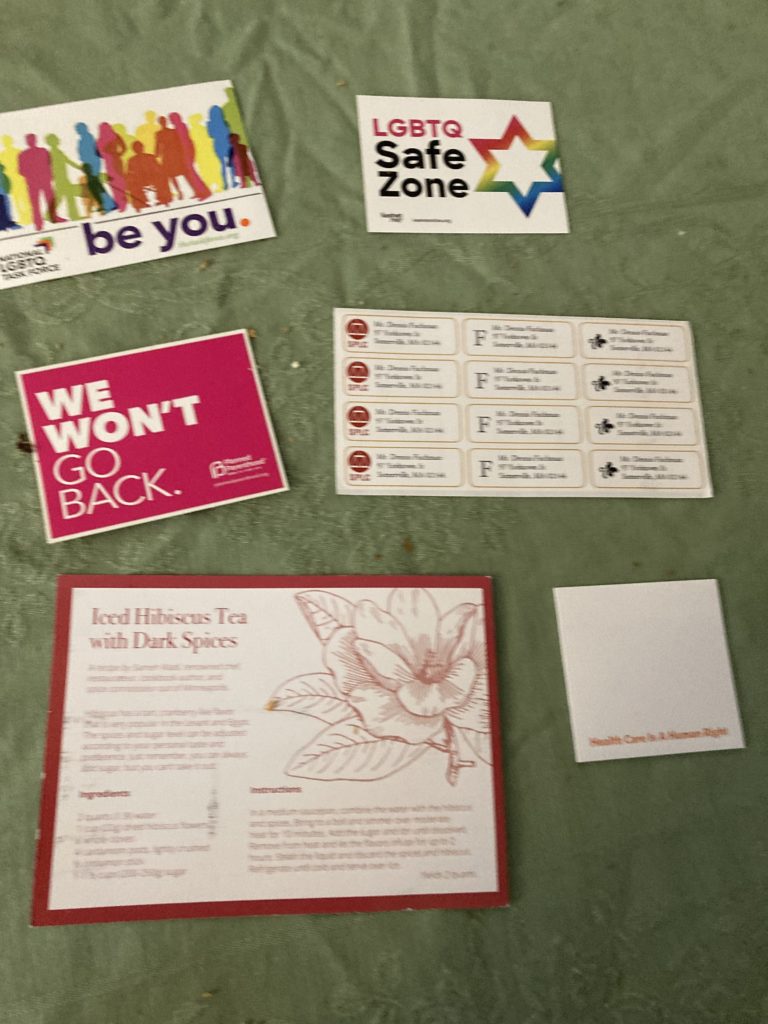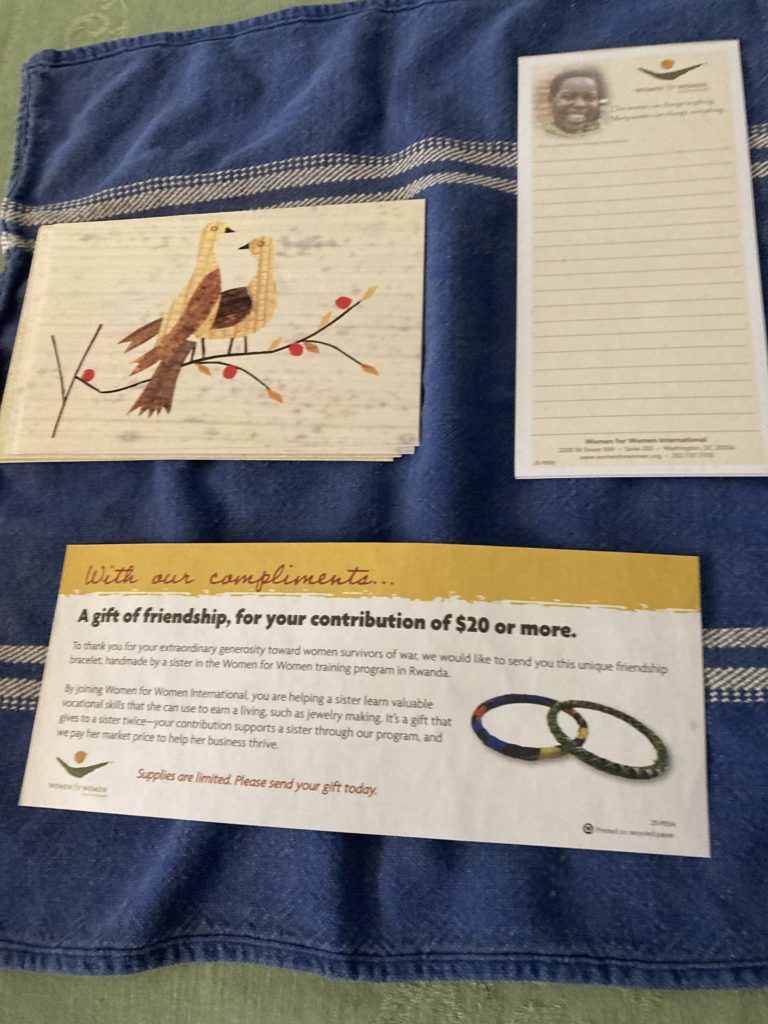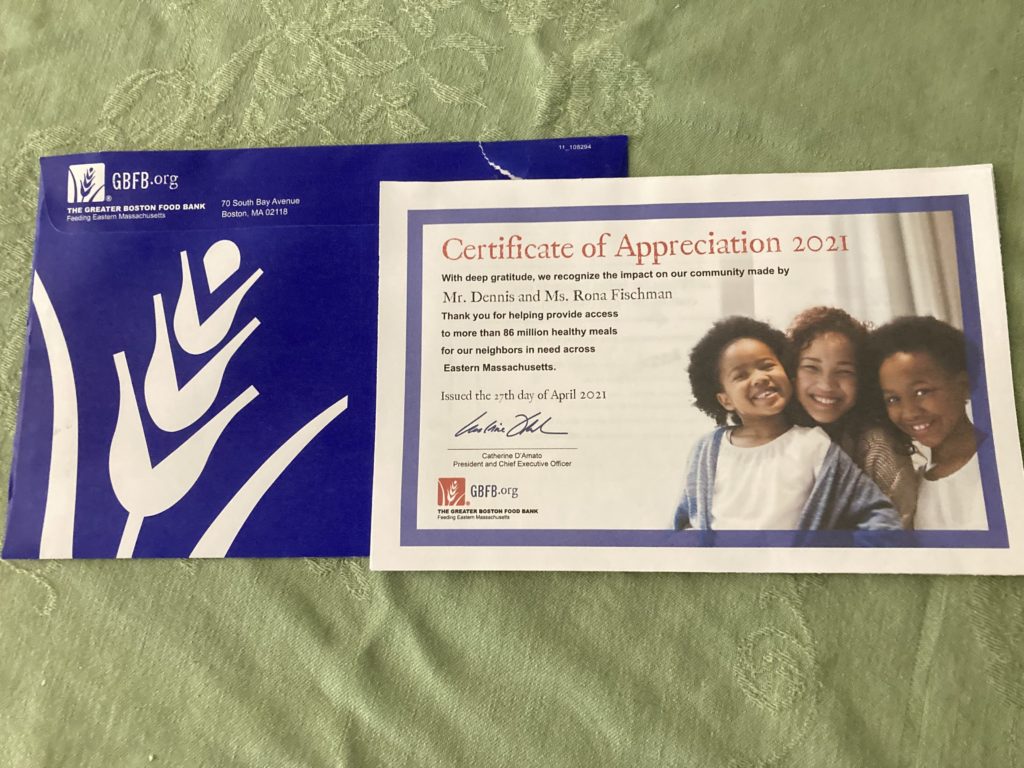Thanking your first-time donors turns them into repeat donors.
Thanking your repeat donors turns them into loyal supporters.
Thanking your loyal supporters makes the lifetime value of their donations multiply. It’s the most important thing you can do to improve your fundraising!
Here are your favorite posts from 2021 about expressing an attitude of gratitude and #DonorLove. Please write me back and tell me which of these you are going to put into practice in 2022!
TY Thursday: How to Thank Recurring Donors
Recurring donors give automatically. When you thank them, though, it should be anything but automatic. You need a deliberate and thoughtful approach to showing donor love to this special group.
TY Thursday: Your Board Will Thank You for Doing This
Getting thanked by a Board member helps donors think, “I made a good decision when I gave.” But it helps your Board of Directors, too.
TY Thursday: A Toast to You, Generous Donor!
The essence of a toast is not the liquid you drink. It’s the words you say. What can you say to make your donors feel extra special–right now?
TY Thursday: Thank You, Donor–You’re Welcome!
A welcome kit (also called a packet or package) tells the donor, “You matter to us. You’re not just a cash cow. We’re in this together for the long haul.” What should go into a welcome kit?
TY Thursday: The Ideal Thank-You Letter
I have seen the ideal appeal letter. I haven’t yet seen the ideal thank-you letter. But it went out today. Did you send it?



